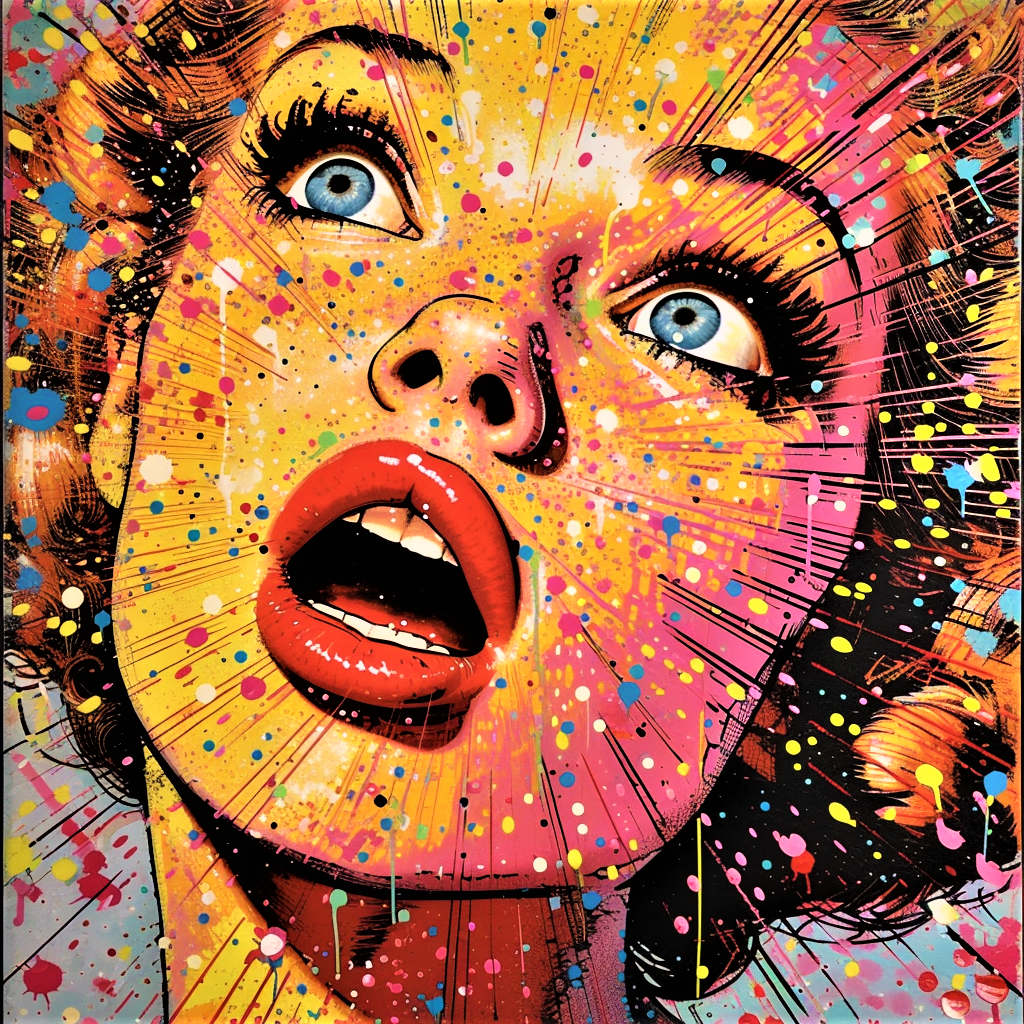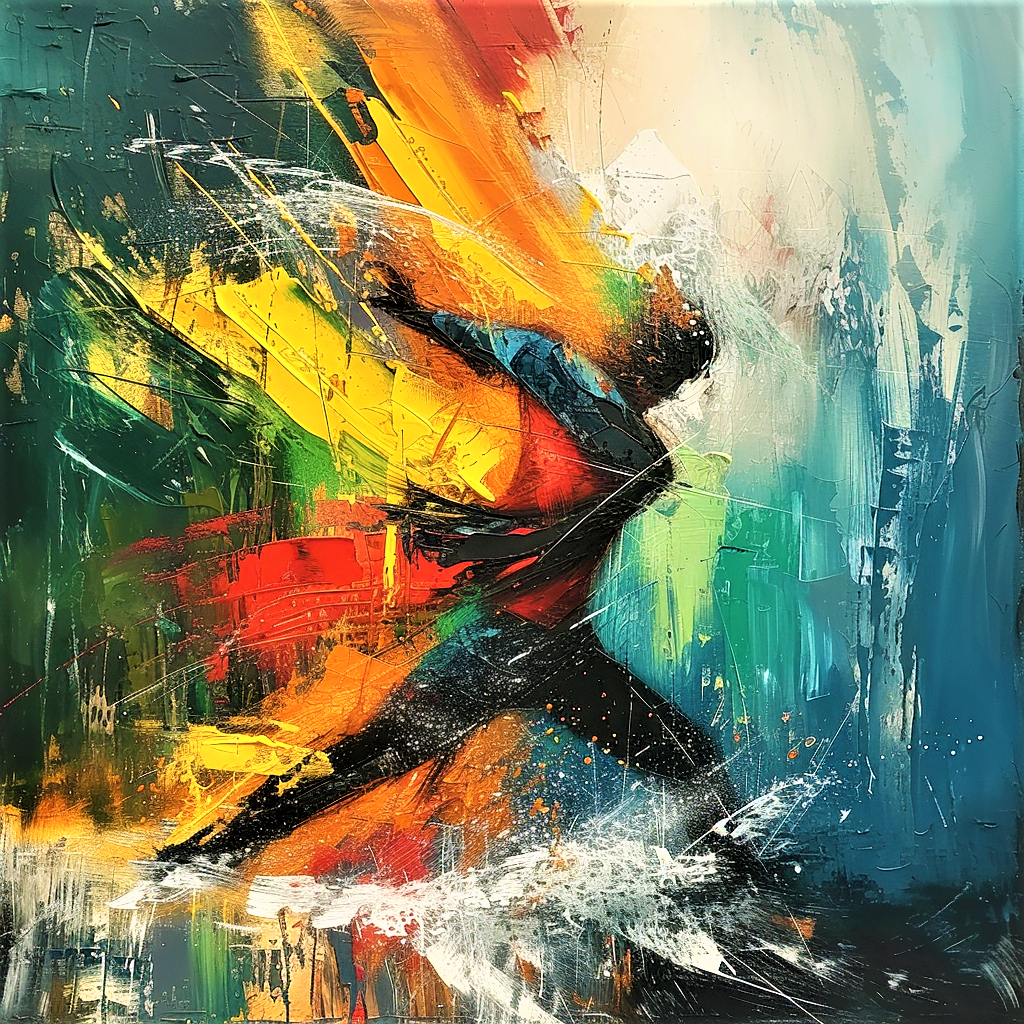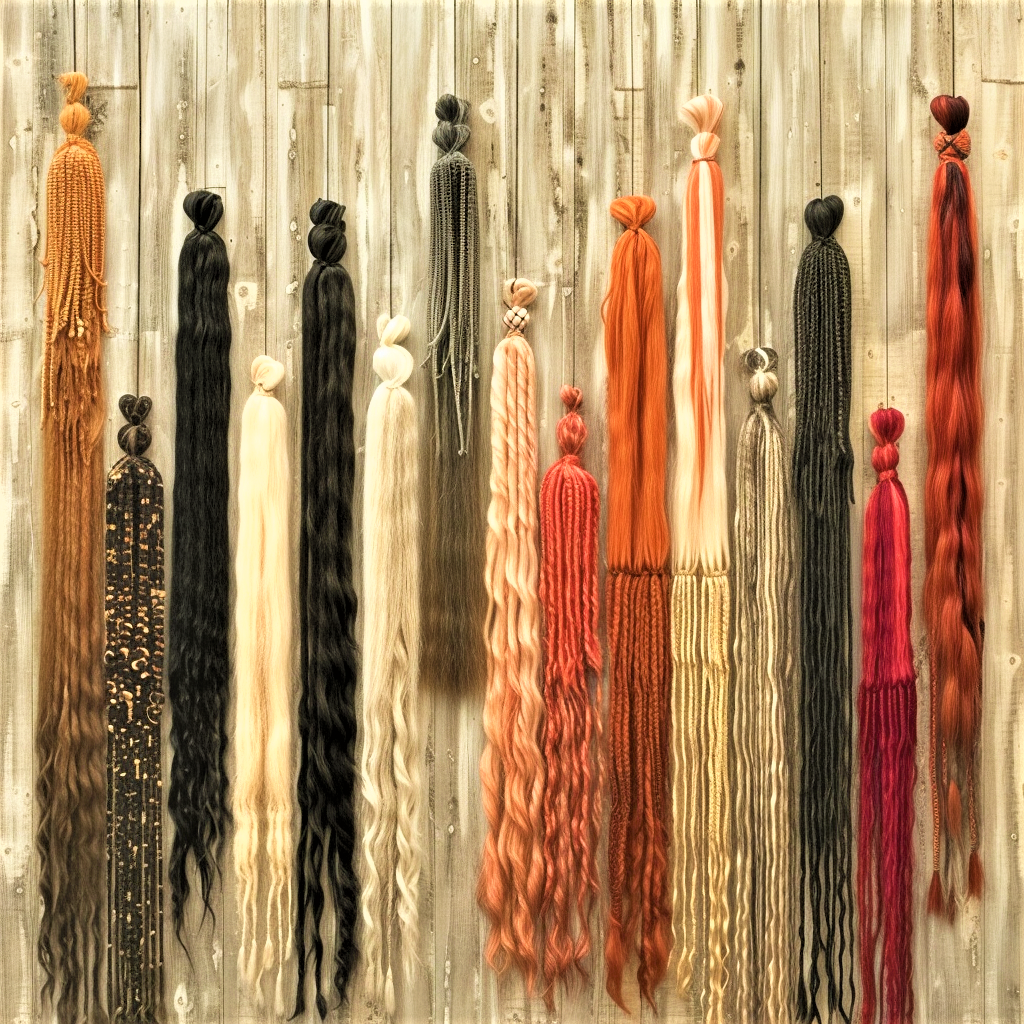Introduction:
The Renaissance, a period of profound cultural and artistic transformation that swept across Europe from the 14th to the 17th century, heralded a new era of humanism, innovation, and creativity. During this time, artists broke free from the constraints of medieval tradition, embracing the ideals of classical antiquity and forging a path towards a more human-centered worldview. In this exploration, we unveil the splendor of Renaissance and High Renaissance Art, tracing its evolution, key characteristics, and enduring legacy.
The Essence of Renaissance and High Renaissance Art:
Renaissance Art emerged as a response to the social, political, and intellectual upheavals of the era, drawing inspiration from the classical heritage of ancient Greece and Rome. Characterized by a renewed interest in humanism, perspective, and naturalism, Renaissance Art sought to celebrate the beauty, intellect, and potential of the individual. The High Renaissance, a golden age of artistic achievement in Italy during the late 15th and early 16th centuries, saw the culmination of these ideals in the masterpieces of artists such as Leonardo da Vinci, Michelangelo, and Raphael.
Key Characteristics of Renaissance and High Renaissance Art:
Humanism and Individualism:
Renaissance artists placed a renewed emphasis on the dignity, intellect, and potential of the individual, reflecting the humanist ideals of the era. Portraiture, anatomy studies, and depictions of everyday life became central themes in Renaissance Art, celebrating the diversity and complexity of human experience.
Perspective and Realism:
Renaissance artists pioneered the use of linear perspective and chiaroscuro (light and shadow) to create the illusion of depth and three-dimensionality in their works. The careful observation of nature, anatomy, and the human form led to a heightened sense of realism and naturalism in Renaissance Art, allowing artists to capture the world with unprecedented accuracy.
Classical Revival and Idealized Beauty:
Inspired by the artistic achievements of ancient Greece and Rome, Renaissance artists sought to revive the classical ideals of harmony, balance, and proportion in their work. The human body, in particular, became a symbol of idealized beauty and perfection, as seen in the sculptural masterpieces of Michelangelo and the graceful figures of Raphael's paintings.
Insights from Renaissance and High Renaissance Art:
Cultural and Intellectual Renaissance:
Renaissance Art reflects the broader cultural and intellectual ferment of the era, as Europe emerged from the shadows of the Middle Ages into a new age of enlightenment and discovery. The revival of classical learning, the exploration of human anatomy, and the development of new scientific and artistic techniques all contributed to the flowering of Renaissance Art.
Patronage and Courtly Splendor:
Renaissance Art was often commissioned by wealthy patrons, including rulers, nobles, and ecclesiastical institutions, who sought to enhance their prestige and power through artistic patronage. The courts of Italy, in particular, became centers of artistic innovation and competition, fueling the creativity of artists such as Leonardo, Michelangelo, and Raphael.
Legacy and Influence:
The legacy of Renaissance and High Renaissance Art extends far beyond the boundaries of the period itself, influencing generations of artists and shaping the course of Western art history. The ideals of humanism, perspective, and naturalism embodied in Renaissance Art continue to resonate in the art and culture of the modern world.
Conclusion:
As we unveil the radiant splendor of Renaissance and High Renaissance Art, we bear witness to a transformative moment in human history—a rebirth of creativity, intellect, and beauty that continues to inspire and captivate us to this day. Renaissance Art invites us to marvel at the genius of the master artists, to ponder the mysteries of human existence, and to celebrate the enduring power of artistic expression to illuminate the human spirit.





